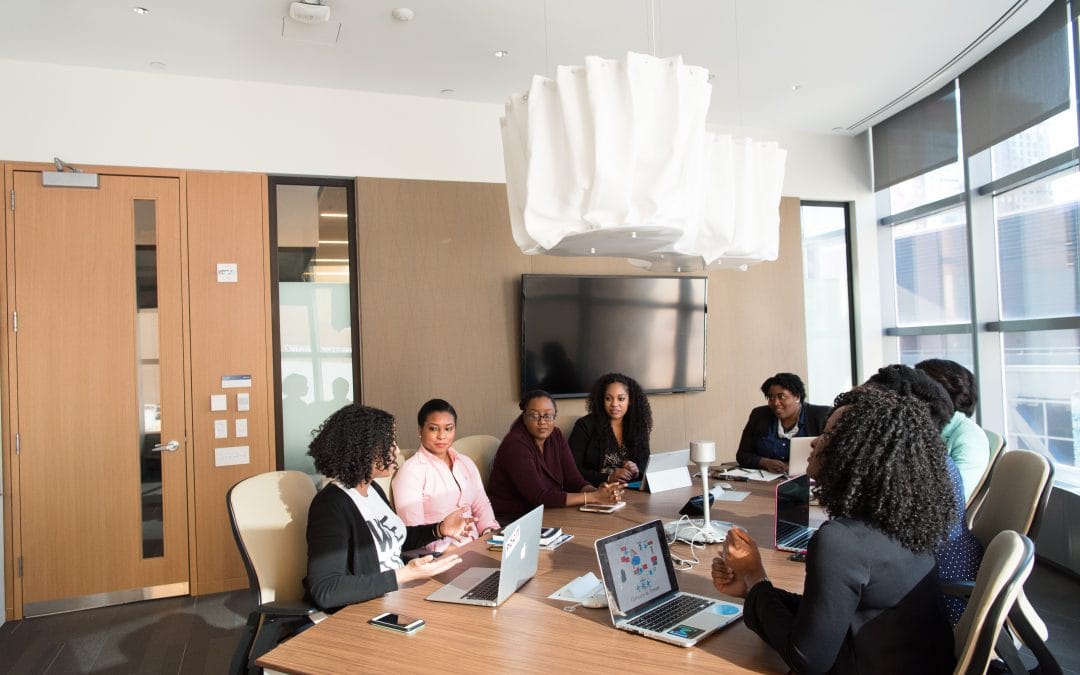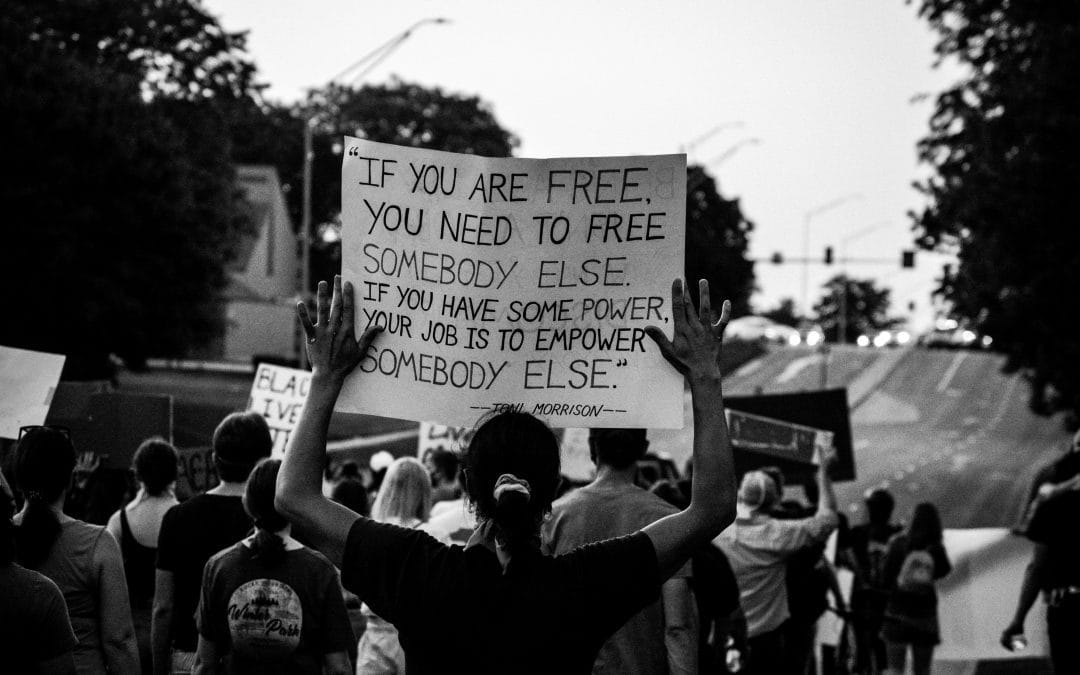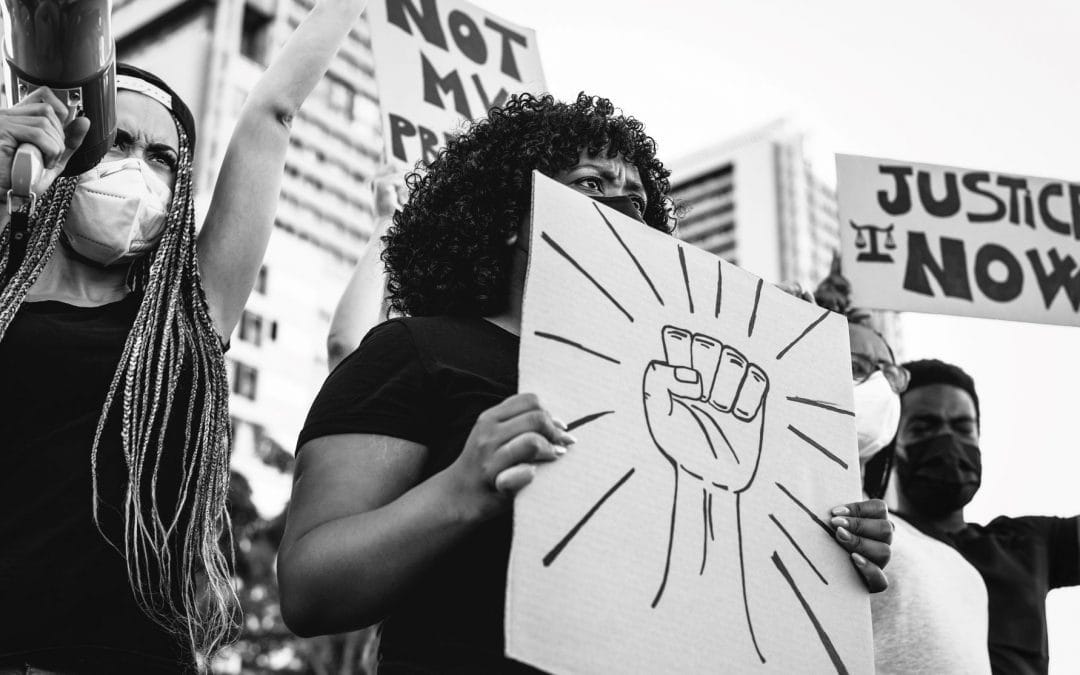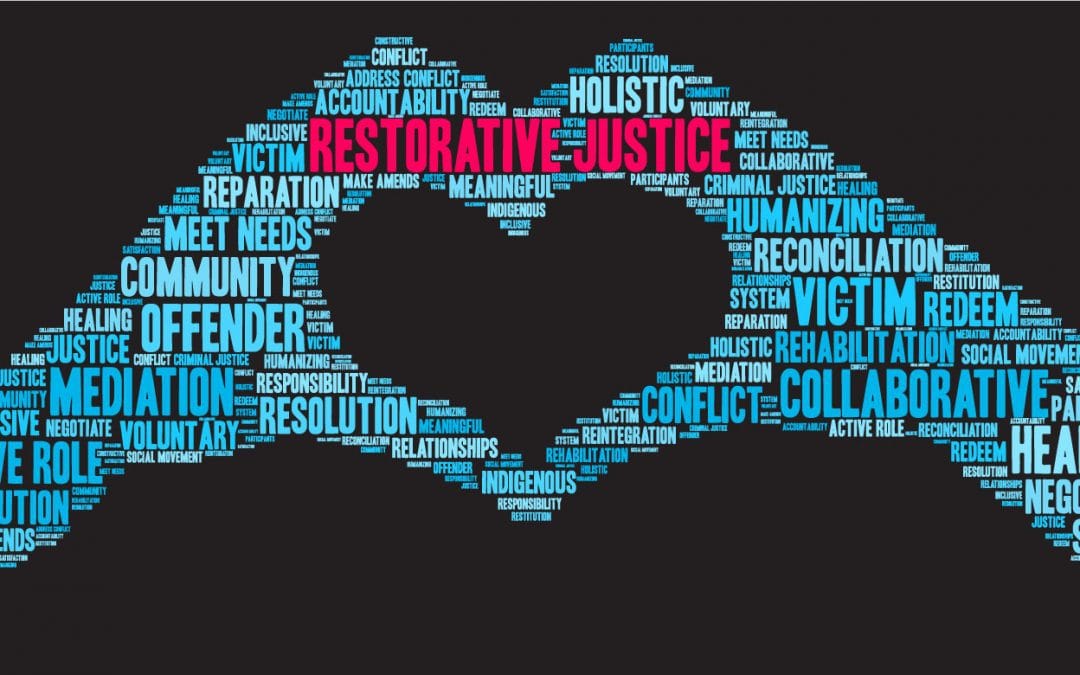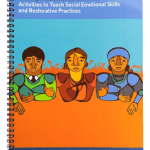Remember the United Colors of Benetton clothing brand? Their models featured skin tones, eye colors, and hair textures that were as varied as their rainbow-hued fashion catalog. They were amongst the first companies that openly celebrated multiculturalism, putting it front and center in many of their ads.
Back in the 90s, showcasing an abundance of Black and Brown models in your fashion campaigns signaled to the outside world that you cared about diversity. The business model followed this same logic: when you hired Black and Brown employees, you communicated to onlookers that you prioritized equality.
Unfortunately, a more varied workplace does not automatically translate to an inclusive one. A racially-divergent workforce with varied and alternative perspectives cannot thrive in a culture that has little to no regard for any viewpoint that challenges the status quo. An environment that values and encourages a wide range of life experiences is one where diversity is not only welcomed, but structured so that it is experienced as an asset, rather than a burden for those in the status quo to adapt or make space for these “diverse” people.
Like the operating system on your computer, traditional diversity and inclusion training programs need a major update! The old formats are often less effective than they could be and this is especially glaring during the COVID pandemic.
At Be the Change, we have been iterating on our approach to training and consulting design. We ask ourselves: what does it take to go from an organization that sees itself as welcoming to an organization that fosters belonging.
Is Your Culture Welcoming or Inclusive?

Traditional diversity training in the workplace revolved around the fallacy that the more non-white faces, women, or gender non-conforming people a company had, the more diverse they were, even if their company culture emphasized uniformity. Putting a culturally-divergent workforce in an adverse setting ensures that you’ll have a lot of disgruntled employees. Fostering an environment that prizes differences is one where diversity of thought and thinkers alike can thrive.
Allowing each employee to be heard also boosts employee morale, leading to increased rates of productivity. But beyond morale, more and more, C-level executives are realizing that disparate perspectives are good for their bottom line because it results in more effective and sustainable problem solving. When you approach challenges from numerous angles, you increase your chances of solving them and inventing novel solutions in the process.
How Can We Approach Diversity and Inclusion Training Differently?

Old-school diversity training failed because it prioritized changing people’s thoughts over their behavior, but this approach didn’t account for just how difficult it is to uncover and eliminate cognitive biases.
Changing how others view marginalized people within the workplace (and beyond) is important. It is also important to support traditionally marginalized people to see themselves differently – to experience success when they raise their hand with a suggestion or venture comments in meetings. The truth is that modifying someone’s behavior first ensures that employees undergo a more thorough racism deprogramming.
Why?
Because when you change your behavior through repeated exercises and activities, your underlying beliefs will soon follow.
Over a decade of field research has revealed to our consulting team that getting everyone on board with the values of equity and inclusion is an uphill battle. It is more efficient to shift policies and practices and to hold your team accountable to comply with those policies. Set antiracist competencies as part of job descriptions and use them in performance reviews to give team members feedback about their behaviors. Use your policies, practices, and structures to set the blueprint for the inclusion you want to see, and don’t waiver on your standards.
Like a rising tide lifts all boats, an organization that projects a consistent message about its values and standards of excellence will bring others along. And if a few people choose to leave an organization along the way, let it be those with racist beliefs and inequitable practices, rather than People of Color leaving under duress.
Unlike traditional diversity training in the workplace, 2022 is calling us to understand how pervasive implicit bias is, set antiracist standards, teach staff how to recognize biased vs antiracist practice, and take steps to break the cycle of unconsciously upholding racism.
An example of a bias interrupter is the statement, “he’s skilled; she’s lucky.” There is a tendency for white men in particular to believe that women of all races, non-white men, people with disabilities, older employees, and members of the LGBTQ+ community, etc., are less competent, and therefore, must prove it [their abilities] again (PIA). And again. And again. This example illustrates that white men tend to attribute PIA individuals’ successes to luck and their own successes to “skill.”
Unlike traditional training, DE&I recognizes the need for ongoing education paired with accountability at every level vs. a one-and-done workshop. The push for antiracist organizational change is most powerful and efficacious when it comes from top-level management.
What Role Does a Management Team Play in Championing Diversity and Inclusion Training?

Executives, particularly the CEO, have the power to create structural change that will ensure that diversity training in the workplace leads to positive material change for marginalized employees.
When employees see the higher-ups participating in antiracism trainings alongside them (and practicing related activities in the days, weeks, and months following the training), they’re likely to take it more seriously because they’ll see that management isn’t just passing the buck and putting the work of antiracism squarely upon on their shoulders. More important than attending the training, you can also:
- Send an email to all staff sharing 2-3 insights you received through the training about your own limited beliefs — be vulnerable and honest!
- Share your own action plan for how you will address your limited beliefs. For example, I am working on slowing down to hear an idea from at least 4 perspectives before weighing in with my own. It has helped me hear needs, perspectives, and insights that I would never have considered. Sometimes this changes my mind, and sometimes it helps me develop a more nuanced and thoughtful response that achieves buy-in from more people on our team.
- Create a simple team challenge for everyone to engage in. For example — invite participants to eliminate words like “crazy” or “insane” from meeting conversations. Offer 1 minute of silent processing time after any open-ended question to give the processors some silence to clarify their thoughts.
Diversity & Inclusion Training Terminology in the Workplace Has Been Updated, Too

Traditional diversity training presented racism through the prism of individuality: making individuals aware of their racist tendencies and behaviors, but little else. While people consciously (and unconsciously) uphold racism, white supremacy within an organization operates at the structural level. Even if a “Men in Black” neuralyzer existed in real life and was so powerful that it could wipe the concept of racism from every living person in America, the institutions that govern us were erected by men who enslaved Africans, systematically killed Indigenous people, continue to make laws suppressing womens’ right to reproductive health and choice, close public schools, restrict insurance to block health access…the structures are creating our experiences of exclusion as much as the mindsets.
After the murder of George Floyd, the systemic racism within the carceral system against Black people became too obvious for even those wearing the thickest of blinders to ignore, and terms that indicted the system instead of individual culprits took root within the discourse.
Last summer, “structural racism,” “institutionalized racism,” and “intersectionality” were suddenly on the lips of news anchors across the country.
So, why are these terms important?
Because for millions of people insulated from the devastating effects of racism, they exposed just how insidious everyday racism truly is; how it recedes, unnoticed, into the background of every facet of daily life, like the low hum of a refrigerator.
Institutionalized Racism Produces Disproportionality Among Employees

The term “disproportionality” refers to unequal outcomes across racial lines. Take a moment to ask yourself, “are People of Color (PoC) equally represented at all levels of your organization? Do they leave or join your organization at the same rate as non-PoC staff?”
If you determine that PoC leave your company at higher rates and are not equally represented across all departments within your organization, it’s not because they’re less qualified or they love to job hop. It’s because institutionalized, structured racism exists within your organization. It can manifest in many ways, such as in the form of unfair policies or biases that favor white employees at the expense of PoC colleagues. It never mentions racial identities by name, rather it clears a path for the success of white people.
For example: A company that hires from within, but frequently passes over qualified women of all races with college degrees in favor of white men without college degrees. In this instance, a hiring manager may try to justify his bias by saying that the job requires someone who can work well under pressure and keep a level head while doing so. The misogynistic and racist undertones here are that women can’t handle immense stress without flying off the deep end. Being angry and overly emotional (read: “hot-blooded”) are common stereotypes about Black and Latina women.
What Diversity and Inclusion Training Shortcomings Has COVID-19 Exposed?
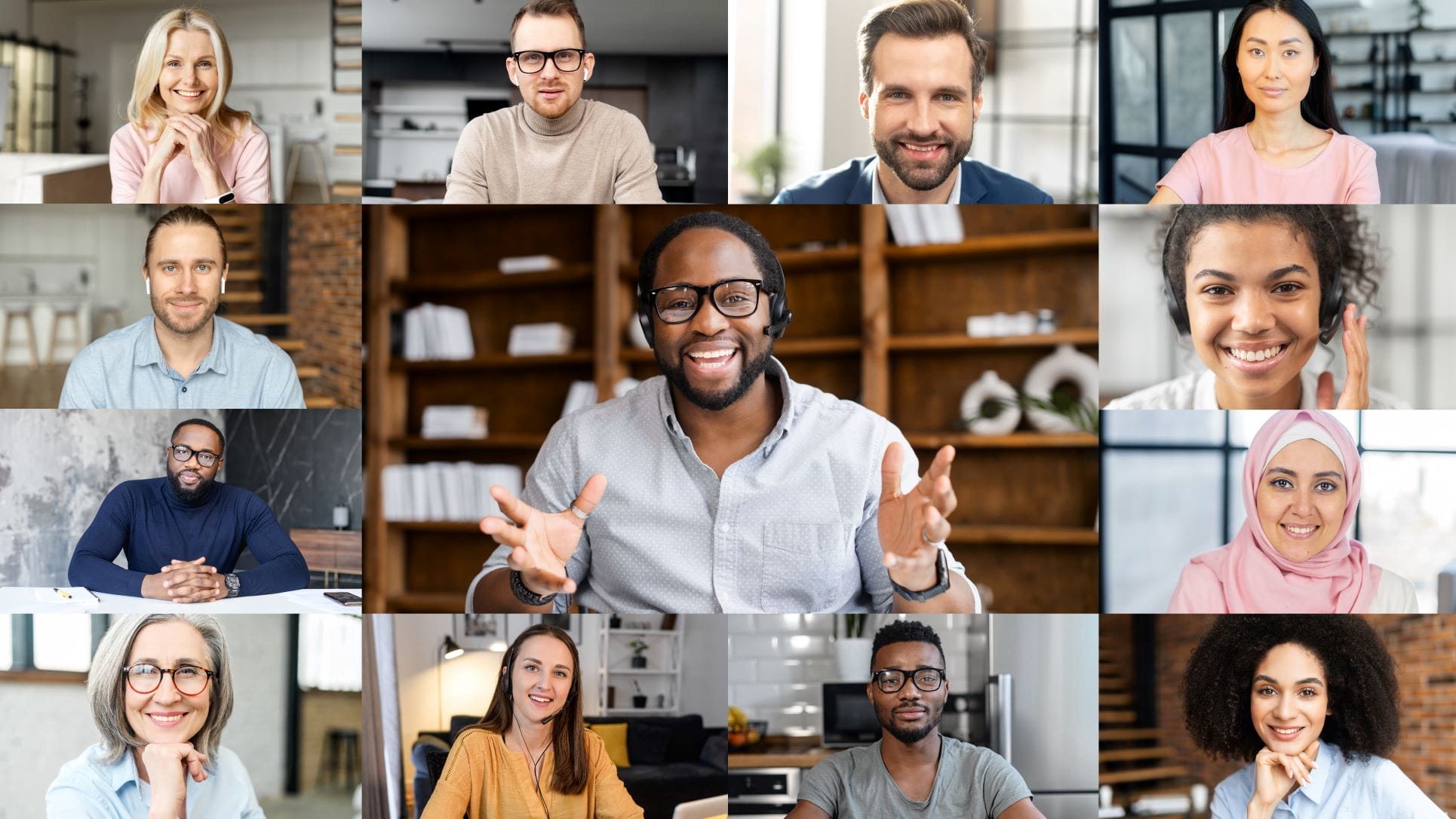
The global pandemic exposed and compounded existing structural inequalities, such as poverty, lack of access to medicine, poor health, and structural racism, among many many others.
Prior to 2020, many companies used a “one-size-fits-all” approach to create internal equity. Corporations went out of their way to hire Black and Brown people because it was a company-wide initiative.
While this approach has benefited a number of people, it’s done so in a generic way, never approaching inequality from a granular angle that’s germane to the employees themselves.
For example, morale among majority-Black and Brown warehouse workers at Grav, a scientific glass company, used to be nonexistent. Even though these employees were still commuting to work while their office colleagues worked from home, this wasn’t the main source of their stress. They were worried about potential negative encounters with law enforcement during their commute.
The company provided these workers with increased compensation and accommodations, and they ensured that all employees had the paperwork they needed in the event that they were stopped by police. Morale skyrocketed not too long after they implemented these changes.
The moral of this story is to treat diversity and inclusion training at your organization as an opportunity to create personalized experiences for your employees that will improve the quality of their lives.
If you’re still with us, you’re probably thinking, “all of this sounds great, but how can my company safely access these resources during a pandemic?” To this we say, good news! We offer comprehensive training sessions that cover every point that we’ve made in this article.
One of the strategies we use in our training is to name dominant cultural characteristics that stem from a white supremacy belief system. This establishes a structural racist “literacy” among the team, which they can use to name dominant culture practices that foster exclusion, rather than force disproportionately-impacted employees to find the language to advocate for themselves. Implementing practices where teams proactively reflect upon dominant culture practices and design antiracist pivots allows for progressively evolving culture shifts.
In short, diversity in the workplace has changed over the decades. It’s not just about putting an array of BIPoC faces in high places. It’s time to give your diversity training a 21st century update to account for a more holistic approach that not only addresses bias and discrimination at the systemic and individual levels, but also fosters a workplace environment that welcomes divergence of thought and experiences, and is presented in the form of ongoing education for management and employees to participate in.


